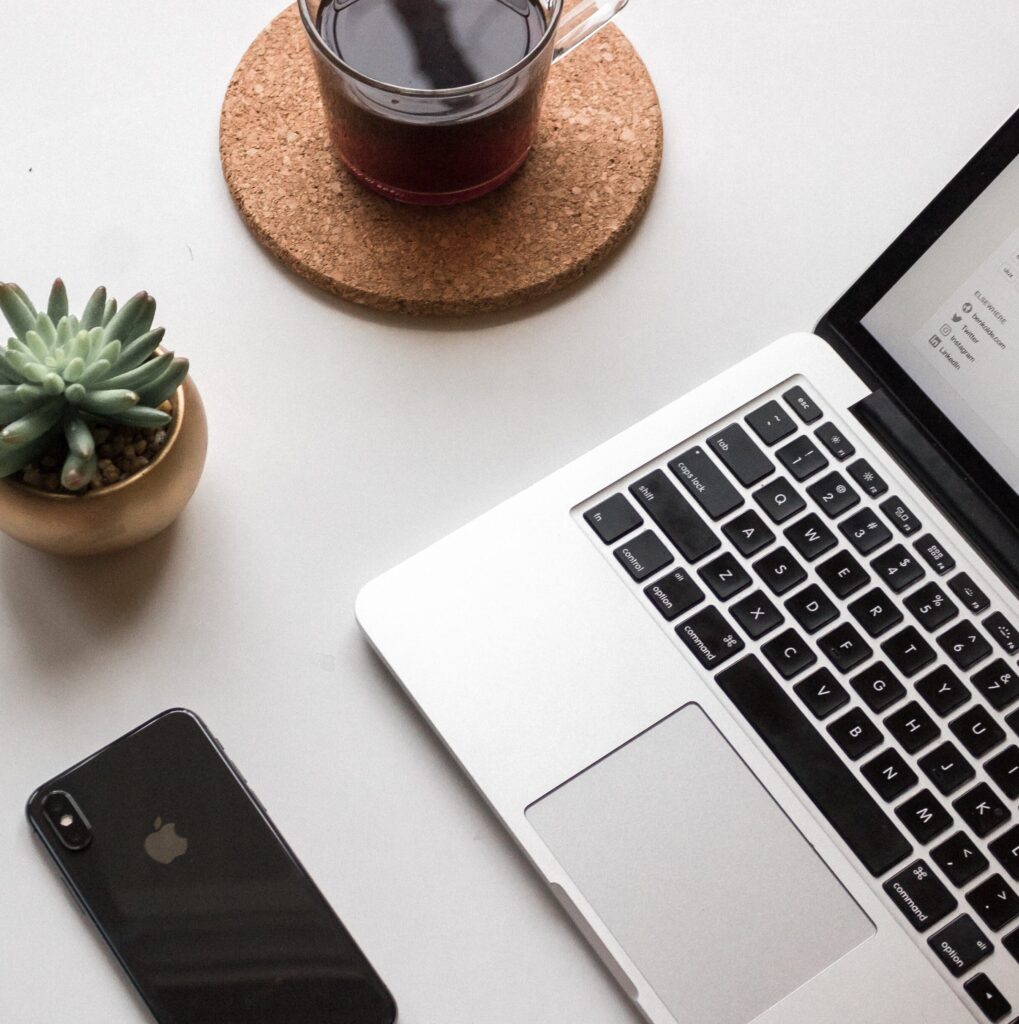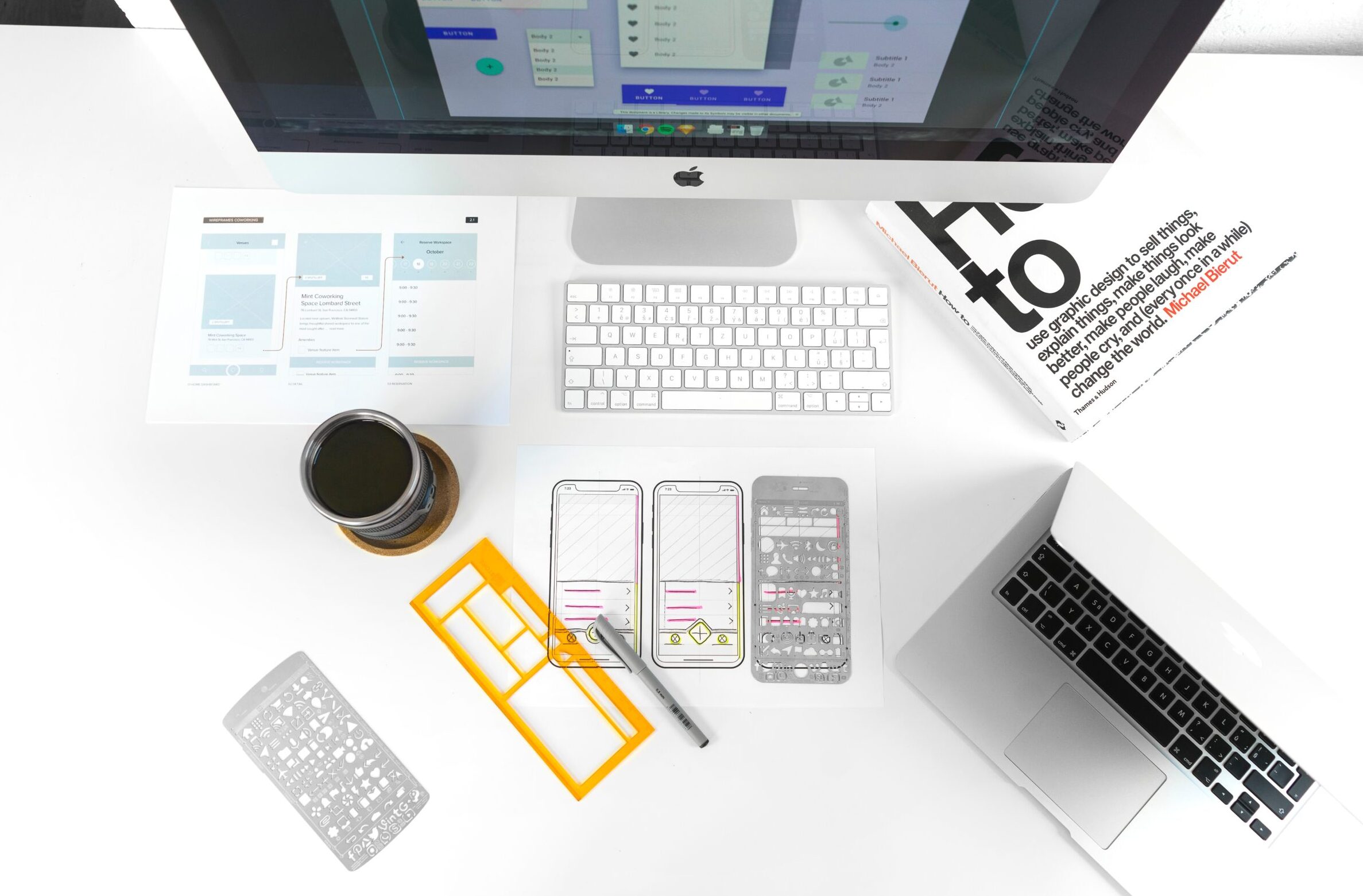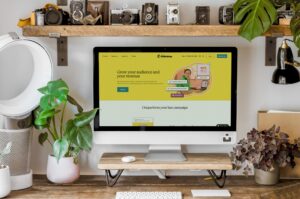Tips for creating an effective website layout

Your website’s layout is essential in creating an effective online presence. It’s important to consider the user experience, ensure it is aesthetically pleasing, and convey your message clearly. A well-designed website can help you stand out from competitors, keep people on your site longer, and ultimately increase conversions. In this blog post, we’ll discuss some tips for creating an effective website layout that will help you reach your business goals.
The importance of a good website layout
Layout is one of the most important aspects of web design, yet it is often overlooked. A good layout can make your website more user-friendly and help you to better convey your brand’s message. Here are some tips for creating an effective website layout:
1. Keep it simple – A cluttered or complex layout will only serve to confuse and frustrate users. Stick to a simple, easy-to-navigate layout that clearly delineates different sections of your site.
2. Make use of whitespace – Too much whitespace can make a site look unfinished, but used judiciously, it can help to create a cleaner, more streamlined look. Use whitespace to separate different elements on your page and to draw attention to key content areas.
3. Use typography effectively – The way in which you use typography on your site can have a big impact on its overall look and feel. Choose fonts that are easy to read and pair them with sufficient line spacing and ample contrast for maximum legibility.
4. Be consistent – Inconsistencies in your layout will only serve to create confusion for users. Be sure to use the same fonts, colors, button styles, and other design elements throughout your site for a cohesive look.
5. Pay attention to details – The devil is in the details, as they say, so be sure not to overlook them in your quest for an effective website layout. Small things like

Tips for creating an effective website layout
To create an effective website layout, consider the following tips:
1. Use a simple, clean design. Too much clutter will only serve to distract and overwhelm your visitors. Keep your design clean and uncluttered for a professional look that is easy to navigate.
2. Make use of whitespace. An effective website layout makes use of negative space to help focus the user’s attention on the most important content. By strategically placing elements on the page and using margins and padding, you can control where the user’s eyes are drawn.
3. Use a consistent layout throughout the site. A consistent layout will help create a feeling of cohesiveness and professionalism on your site. Stick to one or two main colors and fonts, and use similar layouts for all your pages.
4. Prioritize your content. Not all content is created equal—some is more important than others. Place your most important content front and center where it is sure to be seen by users.
5. Make use of imagery. High-quality visuals can help make your site more visually appealing and can also help convey important messages about your brand identity or products/services
How to choose the right colors for your website layout
There are a few things to consider when choosing colors for your website layout. First, you want to make sure the colors you choose complement each other and create a cohesive look. Second, you want to consider the message you’re trying to communicate with your color choices. And third, you want to take into account the different ways that color can be used on a website layout, such as background color, text color, and link color.
When it comes to complementary colors, there are a few different ways to go about it. You can choose colors that are directly opposite of each other on the color wheel, or you can choose colors that are next to each other on the color wheel. For example, if you want your website layout to have a warm feeling, you could use oranges and reds together. If you want your website layout to have a cool feeling, you could use blues and greens together.
As far as message goes, think about what kind of feeling or impression you want your website visitors to have when they see your site. If you’re selling products or services that are meant to be luxurious or high-end, then using richer colors like jewel tones can convey that message. If you’re selling products or services that are more down-to-earth or budget-friendly, then using lighter colors can help communicate that message.
And finally, when considering different ways to use color on your website layout, keep in mind how background color, text color,
How to create an effective navigation system for your website
An effective navigation system is key to a well-designed website. Navigation should be easy to use and intuitive, allowing users to quickly find the information they are looking for. Here are some tips for creating an effective navigation system for your website:
1. Keep it simple. Navigation should be easy to understand and use. Avoid using too many options or nesting menus too deeply.
2. Use familiar conventions. Users should be able to easily find their way around your site using familiar navigation conventions such as menus, breadcrumbs, and search boxes.
3. Make it consistent. Keep the navigation elements on each page of your site consistent so that users know where they are and what they can expect on each page.
4. Give feedback. Use hover states, active states, and other visual cues to give users feedback about their current location on your site and what actions they can take.
5. Test it out. Be sure to test your navigation system with real users to ensure that it is effective before launching your site live!
How to use whitespace in your website layout
When it comes to website layout, whitespace is your friend. By creating ample space around elements on your page, you can help direct a user’s attention to where you want it to go. Too much clutter will only serve to overwhelm and confuse users, so keep your design clean and uncluttered.
In general, you want to use whitespace to create visual hierarchies on your page. The most important elements should stand out the most, and you can achieve this by giving them more space than the less important elements. For example, if you have a headline and a subheadline, put more space between the two so that the headline stands out more.
Similarly, you can use whitespace to separate different sections of content on your page. This helps to keep things organized and easy to read. Breaking up your content with plenty of whitespace makes it more digestible for users and helps them better understand the hierarchy of information on your page.
So don’t be afraid of using whitespace in your website layout! A little bit can go a long way in terms of making your site more user-friendly and effective overall.
Creating a mobile-friendly website layout
When creating a website layout, it’s important to keep in mind how it will look on different devices. With more and more people accessing the internet from their mobile phones, it’s essential to have a layout that looks good on small screens. Here are some tips for creating a mobile-friendly website layout:
– Use a responsive design: Responsive design is a type of web design that allows a website to adapt to the screen size of the device it’s being viewed on. This means that your website will look great on both desktop computers and mobile devices.
– Keep the layout simple: A complex layout can be difficult to navigate on a small screen. When designing for mobile, keep the layout clean and simple so that users can easily find what they’re looking for.
– Use large buttons: Small buttons can be difficult to tap on a touch screen. When creating buttons and links, make sure they’re large enough to be easily tapped with a finger.
– Avoid using Flash: Flash animation doesn’t work on most mobile devices, so avoid using it in your design. If you must use Flash, make sure there’s also an HTML5 version of your site so that mobile users can still access your content.
Website layout is a critical factor in how your site performs. With the right design, your website can be both aesthetically pleasing and easy to navigate. We hope these tips have given you a good starting point for creating an effective website layout that best suits the needs of your brand or organization. Remember to think about user behavior when designing pages, use visuals to draw attention without overwhelming visitors, and make sure essential elements are prioritized where they’re most visible!







